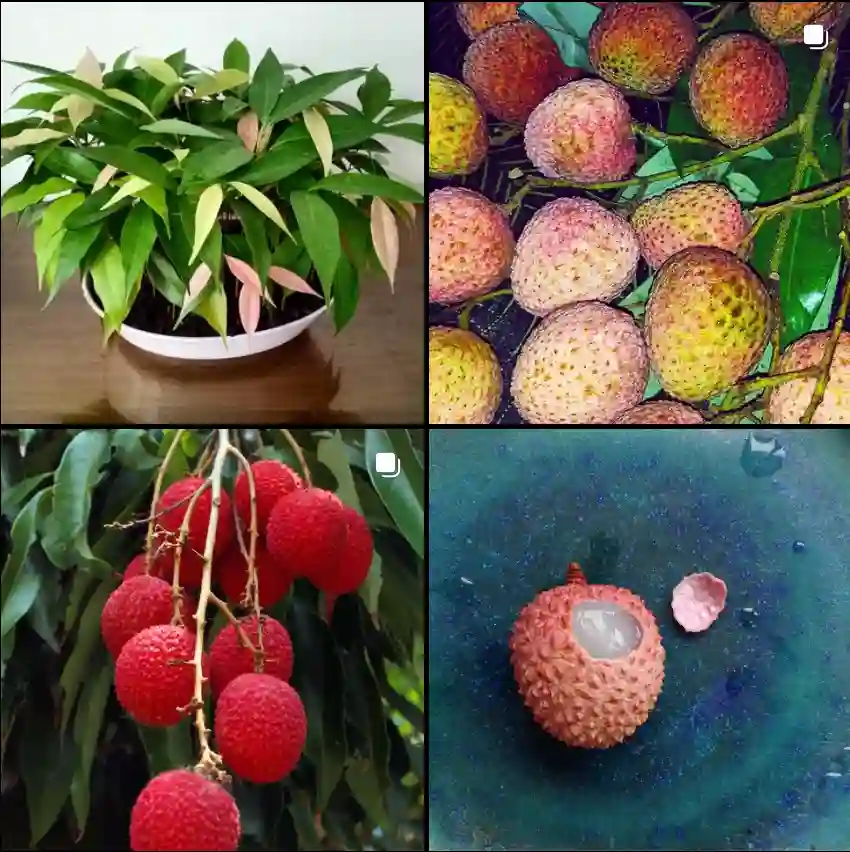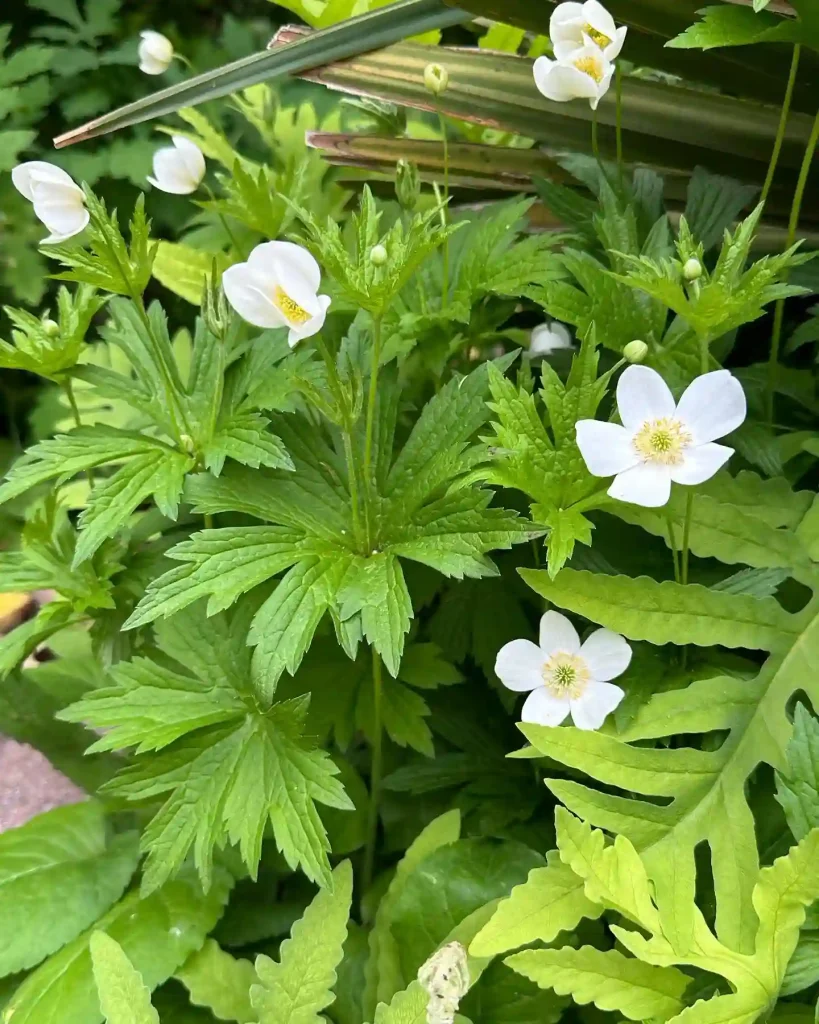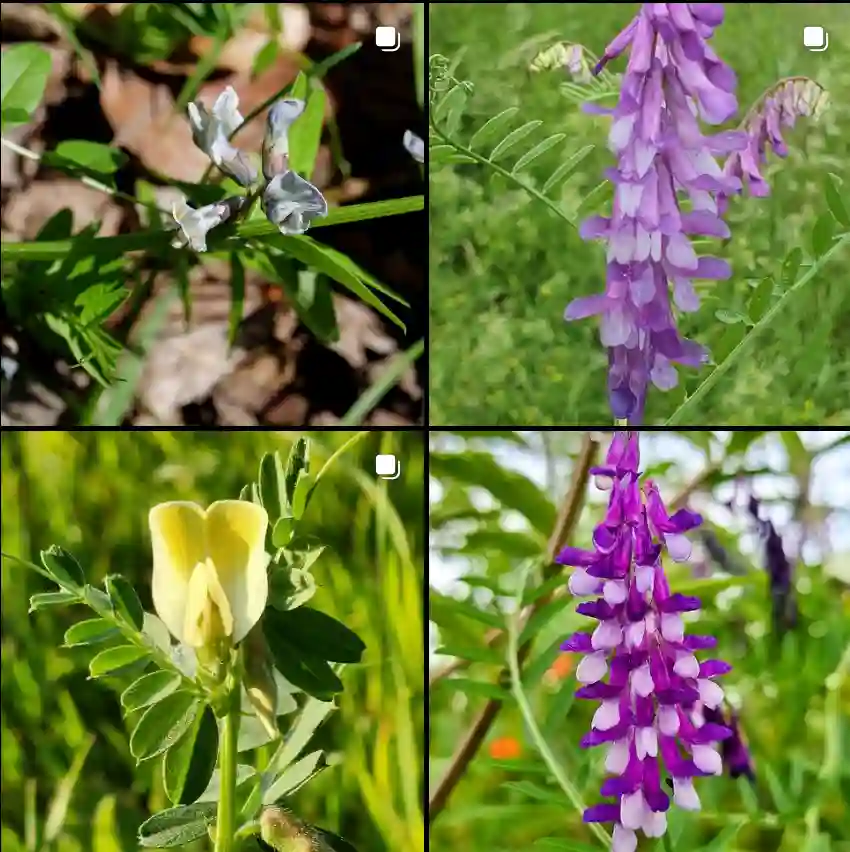FAQs About Castanea Crenata
As a plant enthusiast, I’ve always been intrigued by unique species, and Castanea Crenata, commonly known as the Japanese Chestnut, stands out. It’s a versatile tree that has garnered my attention for its beauty and utility. In this article, I’ll address frequently asked questions about Castanea Crenata, covering everything from care to potential issues.
10 Species in Genus Castanea
What Is Castanea Crenata?
Castanea Crenata, or the Japanese Chestnut, is a deciduous tree native to East Asia. It can reach heights of up to 30 meters and produces edible chestnuts. The tree is known for its attractive, serrated leaves and its striking appearance in the landscape. I appreciate how this tree adds character to gardens and parks, making it a popular choice among gardeners.
How to Care for Castanea Crenata?
Caring for Castanea Crenata is relatively straightforward, provided you understand its needs. Here are some key aspects of its care:
Soil Requirements
The Japanese Chestnut thrives in well-draining soil with a pH between 5.5 and 6.5. I’ve found that a loamy soil mixture enriched with organic matter works wonders. This not only aids in drainage but also provides essential nutrients.
Watering
While the tree is drought-tolerant once established, it benefits from regular watering during dry spells. I make sure to water deeply but infrequently, allowing the soil to dry out between sessions. This promotes deep root growth.
Light Conditions
Castanea Crenata prefers full sun, so I plant it in a location that receives at least six hours of direct sunlight daily. In my experience, this exposure helps the tree produce more abundant fruit.
Pruning
Pruning is essential for maintaining shape and promoting airflow. I typically prune during the dormant season, removing dead or crossing branches. This not only keeps the tree healthy but also enhances its aesthetic appeal.
How to Propagate Castanea Crenata?
If you’re looking to propagate Castanea Crenata, you have a couple of options: seeds and grafting.
Seed Propagation
I’ve had success with seed propagation. First, collect ripe chestnuts in the fall. Soak them in water for 24 hours, then plant them in a cold frame or pot. They require stratification, so I recommend keeping them in a cool, moist environment for a few months.
Grafting
For those who want to maintain specific traits, grafting is a reliable method. I typically graft a desirable variety onto a rootstock in late winter or early spring. This ensures that the new tree inherits the characteristics of the parent.
What to Plant With Castanea Crenata?
When planning a garden with Castanea Crenata, consider companion plants that thrive in similar conditions. Here are a few that I’ve paired successfully:
Understory Plants
I often plant shade-tolerant species like ferns or hostas underneath the chestnut tree. Their lush foliage complements the tree while thriving in the dappled light.
Nitrogen-Fixing Plants
Planting legumes nearby can enhance soil fertility. I’ve found that incorporating clover or vetch helps support the health of Castanea Crenata by enriching the soil with nitrogen.
Is Castanea Crenata Toxic?
One concern many gardeners have is toxicity. Fortunately, Castanea Crenata is non-toxic to humans and pets. However, it’s essential to note that while the nuts are edible, they should be cooked before consumption to avoid any potential digestive issues. I enjoy roasting them for a delightful autumn treat!
Benefits of Castanea Crenata
Growing Castanea Crenata comes with numerous benefits. The tree is not only an attractive landscape specimen but also provides:
- Edible Nuts: The chestnuts are delicious and nutritious.
- Wildlife Habitat: It attracts various birds and insects, enriching the ecosystem.
- Aesthetic Appeal: The glossy leaves and lovely fall color add visual interest to gardens.
Common Problems with Castanea Crenata
Like any plant, Castanea Crenata can face challenges. Here are a few issues I’ve encountered:
Pests
Common pests include aphids and chestnut weevils. I’ve found that regular inspections and introducing beneficial insects can help manage these pests effectively.
Diseases
Root rot can be a problem in poorly drained soils. I make sure to plant in well-draining conditions to avoid this issue.
Comparing Castanea Crenata to Other Chestnuts
Many people often confuse Castanea Crenata with other chestnut species, such as the American Chestnut (Castanea dentata) and the European Chestnut (Castanea sativa). Here’s a quick comparison based on my observations:
- Castanea Crenata: Smaller nuts, disease-resistant, adaptable to various climates.
- Castanea Dentata: Larger nuts, historically affected by blight, prefers wetter conditions.
- Castanea Sativa: Produces sweet nuts, requires a more temperate climate.
Conclusion
Castanea Crenata is a remarkable tree that offers beauty, utility, and resilience. By understanding its care requirements, propagation methods, and benefits, you can successfully cultivate this species in your own garden. If you have any further questions or experiences to share, I’d love to hear them! Happy gardening!
If i die, water my plants!



